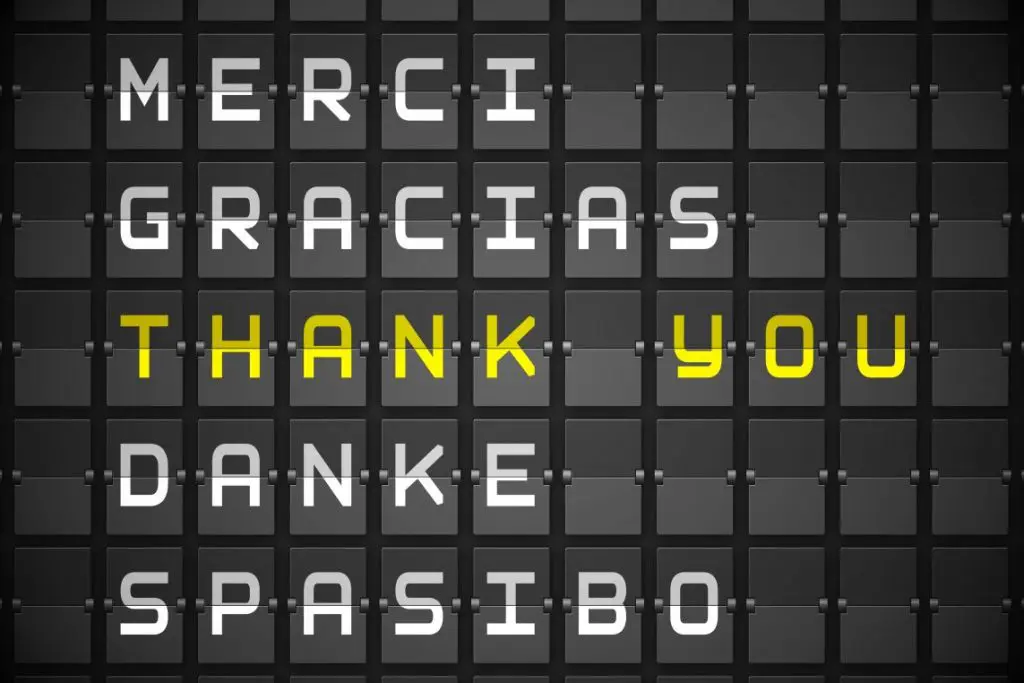German and Japanese: Key Features to translation
These are two vastly different languages, so it is crucial to recall the fundamental differences between these languages, when translating from German to Japanese, or vice versa. Therefore, we have decided to highlight three of the most important aspects to bear in mind, when translating.
-
Word order
Native English speakers often find German word order initially confusing but Japanese presents even more of a challenge. The pattern of subject/object/verb is used in Japanese, although there is some flexibility. The verb should always come at the end of the sentence. This contrasts with German which generally uses the subject/verb/object pattern, although several conjunctions end up sending the verb to the end of the sentence, in which case the structure of the sentence will more closely resemble Japanese sentence structure. This difference is an important point if you are translating a text between these languages.
-
Nouns
There are considerable differences in terms of how nouns are formed and adapted between these two languages. German nouns have a gender, plural forms and articles while Japanese nouns have none of these features, they also do not change to show case. In other words, Japanese nouns almost always stay in the same form while they change more often in German. Careful attention to these aspects is necessary for translation from these two languages.
-
Alphabet
German has a fairly similar alphabet to English, but written Japanese actually alternates between three alphabets; two syllabic writing systems and one logographic writing systems. The origin and part of speech of a word dictates which of these alphabets to use and this point is crucial when translating from German to Japanese as it is something that non-native Japanese speakers would not necessarily realise instinctively.
As you have now seen, there is a lot to consider when translating between German and Japanese, and this is also true of many other language pairs, so why not read some of our other articles on this topic.

